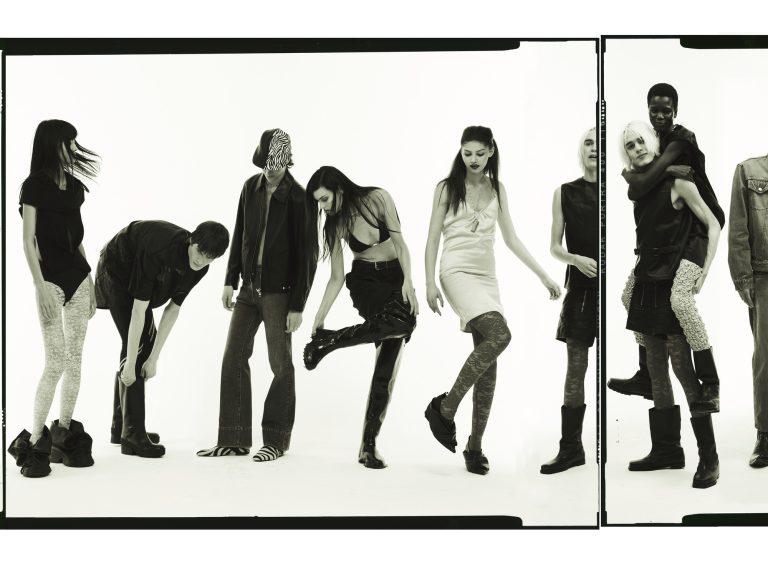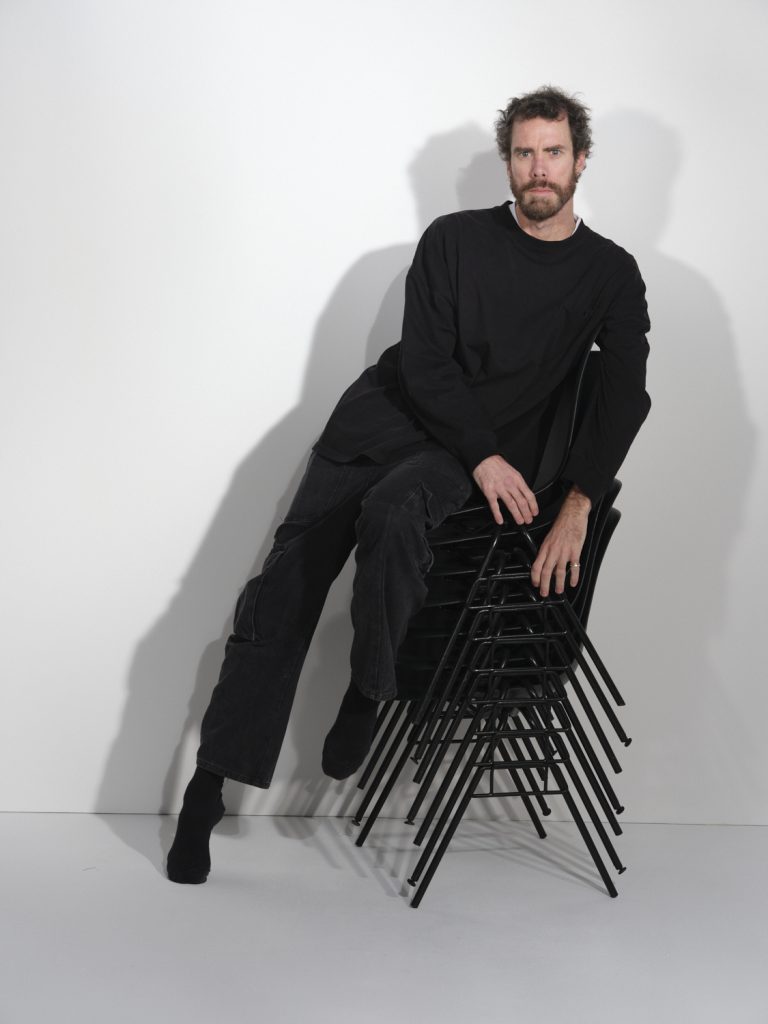
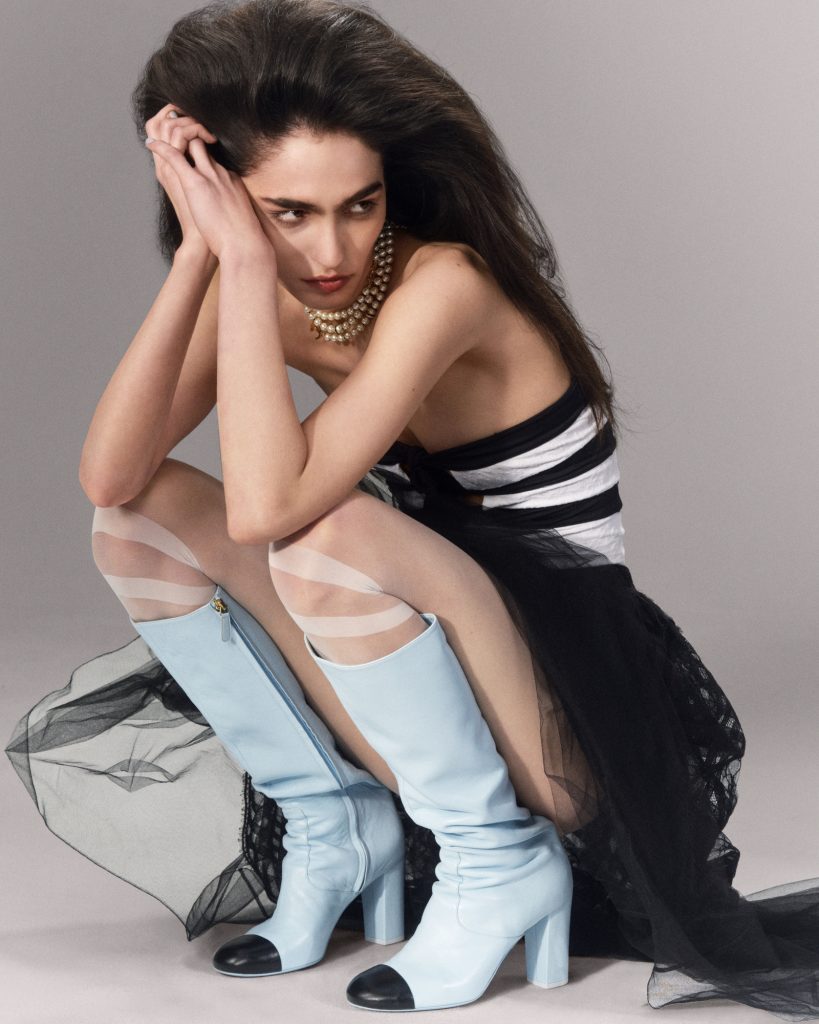
What if the way we move could unlock new dimensions of beauty and creativity in fashion? Ryan Chappell, a Paris-based Movement Director and founder of the MOVEMENT+ programme, answers this question by reshaping how we view fashion imagery. With a background in both choreography and fashion design, Chappell’s work bridges the gap between artistic expression and commercial fashion; he’s not just creating stunning visuals; he’s empowering models, photographers, and directors to reach new heights.
hube: In your role as a Movement Director, you often work at the intersection of fashion, film and events. What new techniques or approaches are you exploring this year to push the boundaries of your creative work?
Ryan Chappell: It’s not just this year – it’s always. I think my approach to everything, and it always has been, is driven by an innate sense of curiosity. I’ve had that since I was a child. It’s gotten me into trouble sometimes, but it’s also a blessing because I’m always looking for new ways to see things. I don’t have one specific technique, but I just recently did a course on directing actors – the psychology of directing actors with a well-known woman from New York. For me, that’s an addition to what I do. I don’t want to direct actors in film, but I’m taking what I learned and filtering it back into my work as a movement director. It’s about transmitting something quickly in an image, which is different from acting.
So, I’m always looking to develop my understanding of people, because the job of a movement director is still quite new in fashion. There’s a small community of us, and we’re still figuring out what it is, as the fashion industry and culture evolve so quickly. My approach always comes from a deep psychological point of view. Of course, I love making visual imagery – I have a background in choreography and dance, as well as in fashion design and history. But the psychological part, helping people be beyond themselves, is key for me.
My job is to facilitate others. I think some people mistake it for something else, but I’m there to support creativity, not necessarily create the concept. My job is helping others reach their potential, whether it’s models, photographers, or directors. I’m kind of the glue that holds it together, both physically and psychologically.
h: Do you see yourself as a bridge between the world of art and the audience, helping the artist communicate their vision?
RC: I guess you can look at it like that. But especially in fashion, it’s important to remember that it’s a commercial industry. Whether we’re high-end or low-end, we’re still selling a product, be it a concept or a physical item. So yes, I’m the bridge to help present things in a way that’s interesting and relatable, so people engage with the image or video. We’re in such an oversaturated culture of images that, to stand out, an image needs to transmit something – it can’t just be pretty. It needs to emote something for people to remember it.
h: Your MOVEMENT+ programme focuses on the performative and psychological aspects of modelling. How has this programme evolved over time, and what new elements are you introducing to better support models in today’s fast-paced industry?
RC: The programme started because, for me, it was about sustaining this job. I love making images and being on set, but I needed a human element to keep it going. The program has evolved with me, and it’s very personal. It’s not a one-size-fits-all approach. I meet people where they are, whether they’re seasoned professionals or newcomers, and help them tap into parts of themselves they may not have explored. It’s about perspective – how you see things affects everything. I’m constantly introducing new techniques to help people break free of their own limits and insecurities, which are mostly self-imposed.
The industry is tough. My programme is about giving models mental and physical tools to survive in it, to thrive. It’s a way to make sure they feel enough because the industry doesn’t always support that. When people feel safe and confident, that’s when the magic happens.
h: Considering the pace at which the fashion industry is evolving, how long do you think it will take for these supportive practices to become more widespread?
RC: That’s hard to say. I think it’s possible, but we’re talking about systemic change, which doesn’t happen overnight. It’s better to infiltrate the old systems slowly and chip away at them. People want quick, sweeping change, but that’s overwhelming, and they end up giving up. We have to be patient and understand that true change happens in small, meaningful ways.
We’re in an age of hyper-individualism and capitalism, but I feel like that’s starting to collapse. There’s a divide in the younger generation I work with – some are very self-focused, but others are having deep, existential conversations about values and life. Change is happening, just quietly.
h: Technology plays a crucial role in modern art and fashion. How do you incorporate technological advancements into your work, and what future technologies are you excited to explore?
RC: I’m for technology and against it at the same time. With AI developing so fast, I’m in a bit of an existential crisis. The beauty of human-made images is that we’re not perfect, and that’s where the magic is. The transmission of what someone is feeling in a moment – that’s irreplaceable. AI models, for example, feel plastic to me. I hope future generations don’t lose that connection to humanity.
I’ve joked about how I could wear a motion capture suit, and they could just overlay a model’s face and body onto me. It’s possible now, but it would kill the art of being a model. The best fashion images come from unexpected moments – serendipity you can’t predict or control. AI can’t create that. So yeah, I’m not against technology, but I want to keep humans at the centre of what I do.
h: What legacy do you hope to leave in the fields of fashion, movement direction, and choreography? How do you want your work to influence future generations of artists and creators?
RC: I don’t have grand ambitions to leave a massive legacy, but I do hope that I contribute to changing how we see beauty. I want people to keep questioning and re-evaluating what beauty is. I also hope to show that it’s possible to have a successful career in fashion while supporting others and working collectively. It doesn’t have to be about individualism and competition. I hope I’ve helped people feel more like themselves, and helped them thrive. That’s the kind of legacy I’d like to leave.
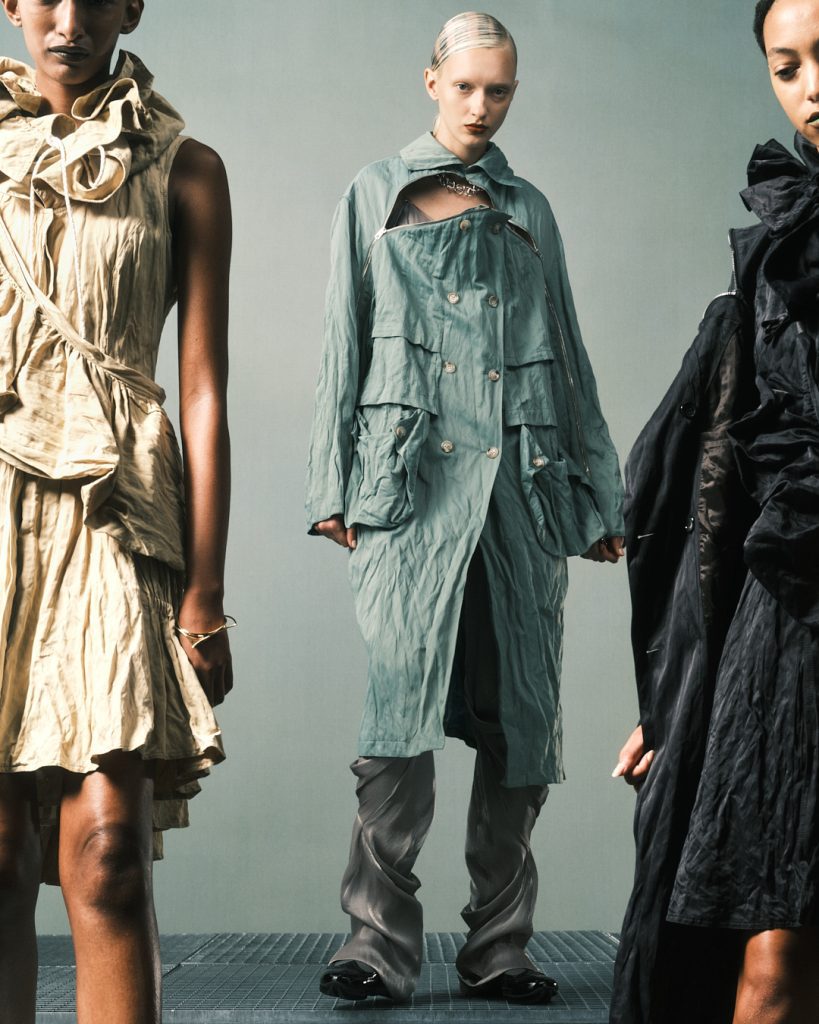

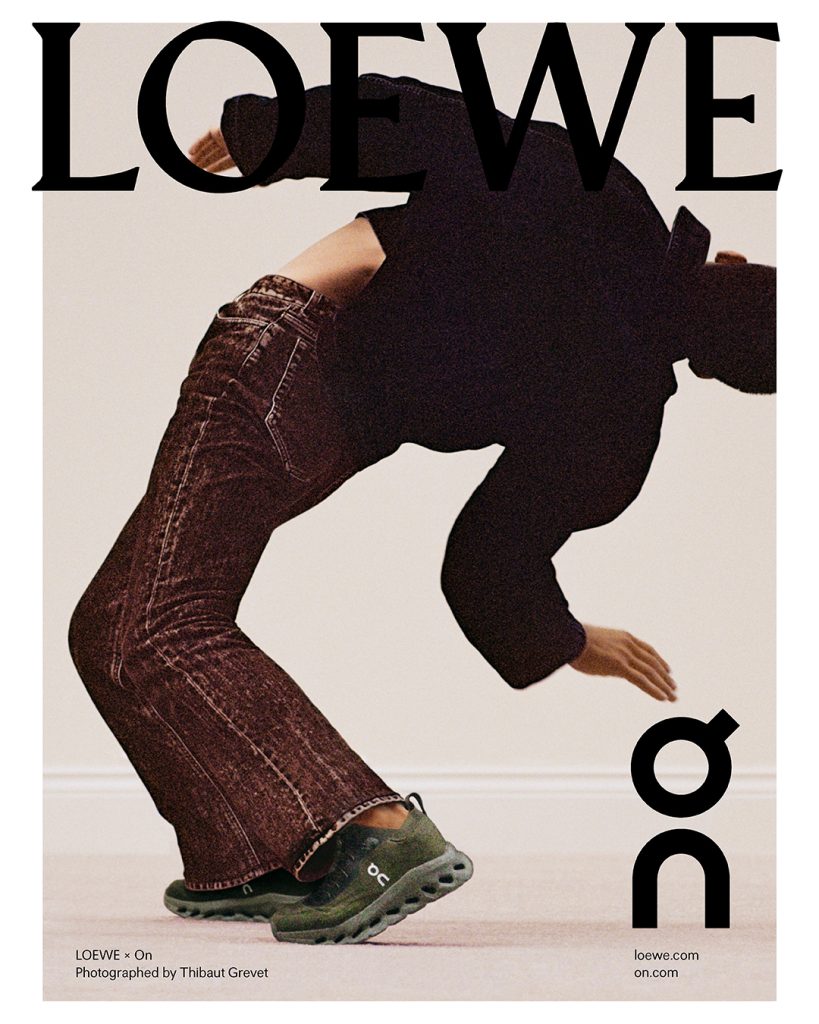
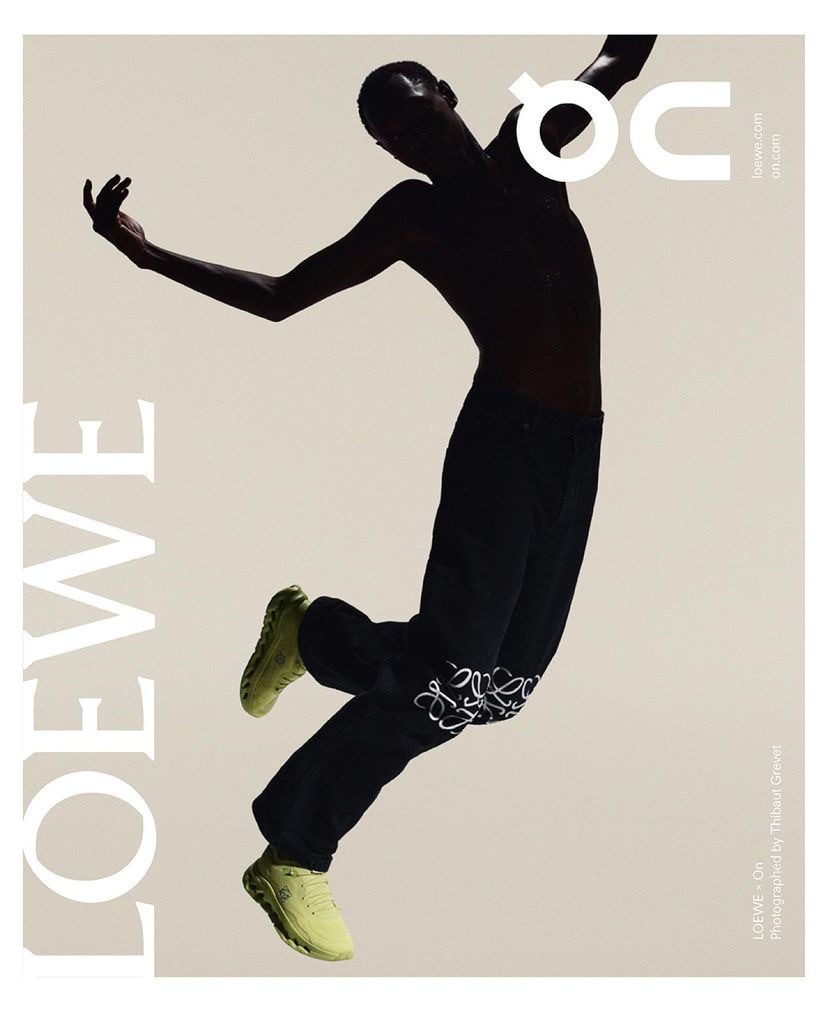
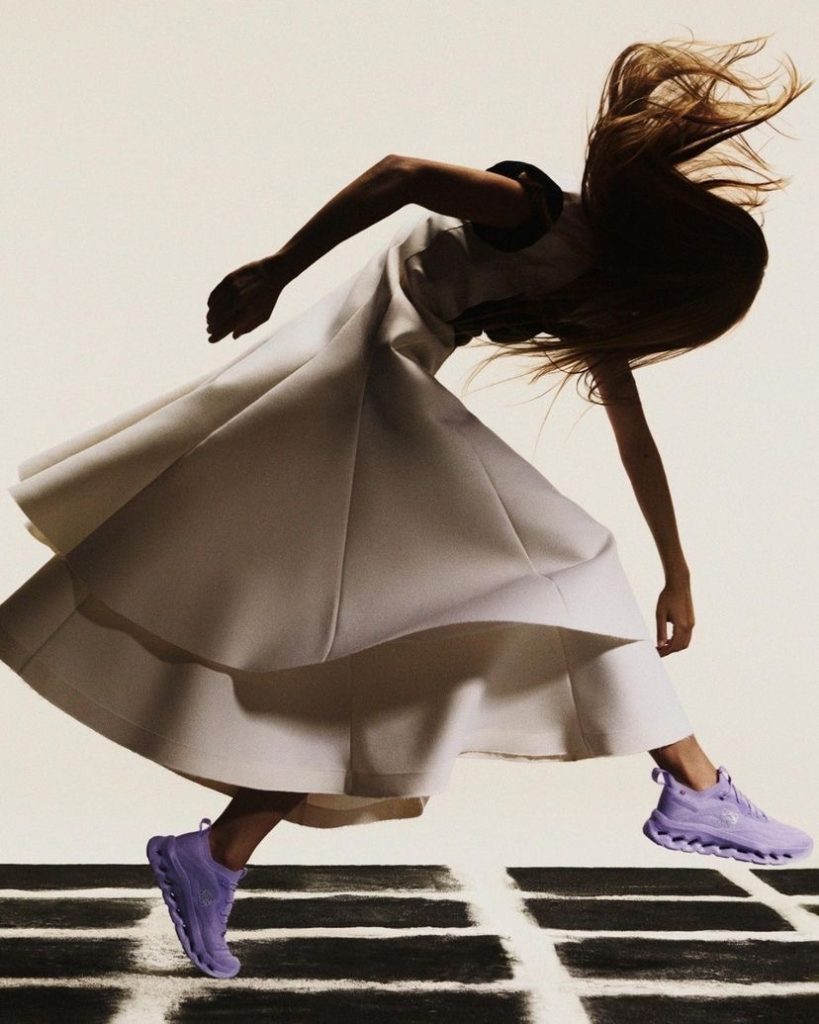
Photography courtesy of RYAN CHAPPEL
